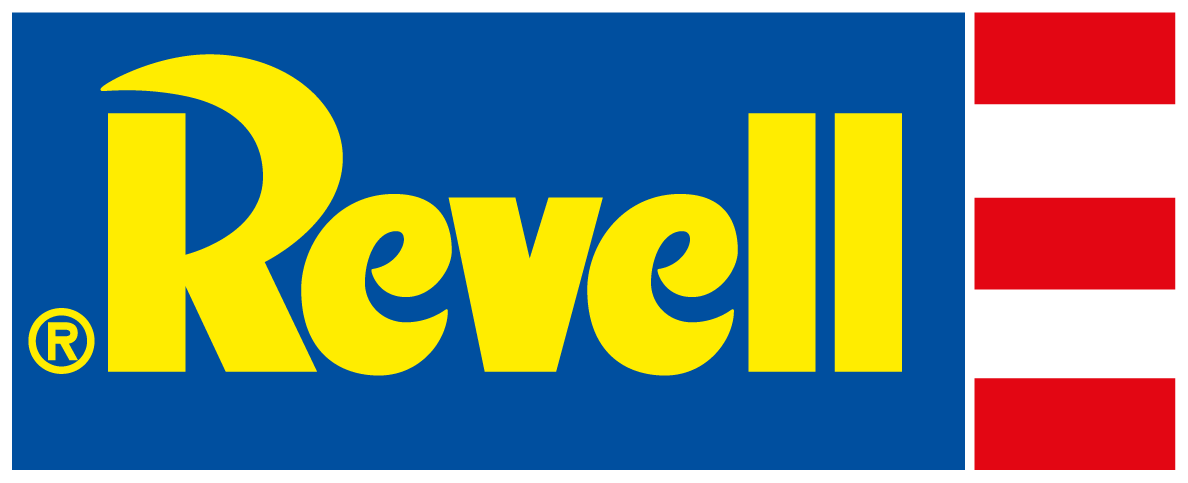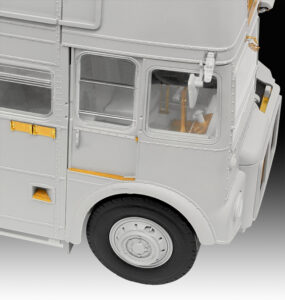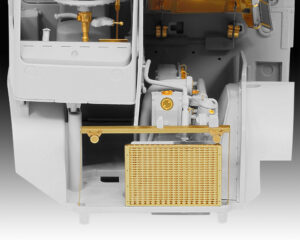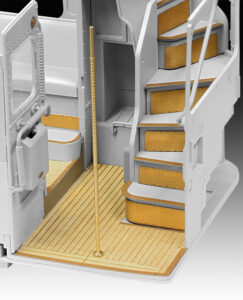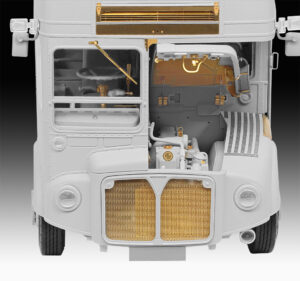Currently, a ride with a red London Bus costs 1.75 £ and 5.25 British pounds for the whole day. Nowadays, payment is only cashless in what are probably the most famous double-decker buses in the world. The red passenger buses have been transporting Londoners as well as tourists from all over the world through the capital of the kingdom since 1906.
The 8700 buses with which you can see quite a lot of the city are even cheaper than the Subway on its 675 lines.
By the way, the most frequently used route is Line 18 from Sudbury & Harrow Road Station to Euston Station.
However, it is Line 73, which starts at Victoria Station and ends in Stoke Newington, that takes you past Buckingham Palace and Hyde Park and also along the entire Oxford Street.
Why are London buses red anyway?
As is often the case, the reason is quite simple and economic: In 1907, the LGOC – London General Omnibus Company (which already operated most of the buses in London at that time) decided to paint all vehicles in striking cherry red to distinguish themselves from their competitors.
It worked.
Physics works too. That’s why it was decided a few years ago to paint all the roofs white, so that the buses would heat up less from the sunlight.
Since when have there been buses in London?
This will surprise you: Buses for public passenger transport have existed since:
1829!
The first London omnibus service began on July 4, 1829, when George Shillibeer brought the idea from Paris to London. These first “buses” were drawn by three horses and could carry up to 22 people. It wasn’t until the end of the 19th century that the idea of the double-decker emerged. The first petrol-powered bus was introduced in London in 1899, and by 1910 there were already over 1,000 motorized buses. The last horse-drawn bus in London ran in 1914.
The “Pirate Buses”
After the First World War, the London General Omnibus Company suffered from a shortage of buses, as many vehicles had been used to transport soldiers and weapons. This situation, coupled with poor service, led to the rise of “pirate buses” – independent bus companies that challenged the LGOC’s monopoly. The streets of London became veritable “battlefields” where pirate and LGOC buses competed for passengers. The most famous pirate bus was the “Chocolate Express,” which operated from 1922 to 1934 and was painted chocolate brown.
Cultural Significance of the Red London Buses
The red double-decker buses have appeared in numerous films and have become a national symbol for all of England. They appear in well-known films such as “Harry Potter and the Prisoner of Azkaban” and “Cars 2”. Cliff Richard and his friends used a bus in the 60s film “Summer Holiday,” and Roger Moore “beheaded” a bus in his first portrayal of James Bond in the film “Live and Let Die”.
For special occasions such as the Silver and Golden Jubilee of the Queen, buses were painted in special colors. Today, the red double-decker buses are not only tourist icons but an essential part of daily life in London – daily, over 7,500 London buses transport 6 million passengers on more than 700 different routes.
Who manufactured the classic buses?
Until the late 1960s, London had its own vehicles designed and built by a subsidiary of the LGOC – the Associated Equipment Company (AEC) – which had 57 to 72 seats. The Routemasters are between 8.38 to 9.14 meters long, 2.44 wide and 4.38 meters high.
The design was not only very innovative but also drew on the experiences of aircraft production during the Second World War. In particular, lightweight aluminum construction was implemented in a bus for the first time here.
The last model was the AEC Routemaster, which was built 2876 times from 1956 to 1968. Since 1968, the basic models have been supplied by other manufacturers such as Daimler or Leyland.
Our model was gradually taken out of service in the early 2000s, as the vehicles with their 9.6 to 11.3 liter engines from AEC or Leyland neither met modern environmental standards nor were barrier-free accessible.
Our Revell London Bus Kit in 1:24
The Level 5 kit is something for experienced model builders. Among the 391 individual parts are many high-quality photo-etched and metal parts in this “Platinum Edition”. This creates an exceptionally detailed model with a length of 38.1cm and a height of 18.3 cm.
The highlights include:
- Multi-part body
- Reproduction of the complete passenger compartment
- Movable hood
- Optionally removable roof segment
- Frame with photo-etched parts
- Decal for two versions
London Bus Kit in 1:24 in the Revell Shop
